Lucy Harris shares her artful approach to livable interiors
The Home-Maker
Lucy Harris is just one of those people. You know the type: fascinating, talented, approachable, the sort of person you hope you’ll get seated next to at a dinner party. The New-York based interior designer was raised in New England, has lived everywhere from Rome and Bali to Appalachia Kentucky and even on an organic salad farm in Vermont, and now spends her days in a bright studio on one of Manhattan’s most lovable blocks in the heart of the flower district.
Harris credits her design passion in large part to the family she grew up with, as well as her love of travel. Her work ranges from high-end residential projects to restaurants, retail spaces, and hotels. While she’s a self-professed ’60s fan (“There’s a certain optimism, a sense of humor to that period”), the soul of her spaces comes from blending designs from not just all over the world, but also myriad eras. The results are layered spaces that embrace quite calm palettes with rich, inviting splashes of color.
We had the good luck of spending an afternoon with Ms. Harris, discussing her motivation, approach, and latest projects. Read on for highlights from our conversation.
AC: You founded your own studio three years ago, after working for years at Meyer Davis. What was your vision for your studio from the start?
LH: Well, I think my family, the home that I grew up in, as well as my grandmother’s summer home in Ipswich have a lot to do with how I got into this business. I’m drawn to the idea of creating a home—a space for people, dogs, children, the kind of messy things in life; the spaces where we create our memories. That could be a hotel, a restaurant, or a residence; I just want to express that love for home, and to create environments that tell stories. Today, there’s so much awareness of interiors, which is great, but it also means there’s a lot more competition for our attention. I believe really thoughtful design can stand out.
AC: Tell us about your family and the home you grew up in.
LH: My great grandfather was a landscape architect; he worked with Olmsted and helped design the whole Back Bay of Boston. He also helped start the graduate school of design at Harvard, and designed the gardens at Colonial Williamsburg. And he built an incredible summer home for my family. It’s this big property on the water, and everything is hand carved and handmade. There’s a stone tower, and these sorts of Renaissance-style gardens, it’s kind of eccentric. His wife was also a furniture maker, and together they built all this amazing furniture. Some of my first memories are in that house.
Then my grandmother was a sculptor, an artist, and a furniture maker, and I did a lot of projects with her growing up. And my parents took great care of their home; it was like a family member in many ways. And then my dad is a photographer . . . So I guess it’s just very personal to me. No one ever told me “You need to be in a creative field,” but it was just sort of a part of the air I breathed.
AC: Travel is also a major source of inspiration for you, too, right?
LH: I travel as much as I can. It’s a huge source of inspiration, and also a way to get away from day to day. My job requires me to be, on the one hand, very exacting and practical, but then I also really need to be able to dream, and go into a place where I can create something that you’ve hopefully never seen before and is special for that client. If I’m in a box all day long just working, it’s harder to tap into that.
AC: How would you describe your design approach and aesthetic?
LH: Each individual piece has to have something to say; that doesn’t necessarily mean it’s always bold or [dramatic], but it has to be distinctive with a strong point of view.
I find that in order to create an interior with a vision, I really need to take pieces from a variety of different people’s visions; things from all over the world, from different time periods. It’s like writing a poem or a song; it comes together in such a way that you can’t explain why. It’s about [recognizing] the right components, things that may seem completely disparate at first, but together make something that, to me, is artful.
I also don’t want an interior to feel like it’s of a very specific time. Inevitably the contemporary element will be part of it, whether it’s the furniture or art or the architecture, but it’s important to me that it not be totally obvious.
In thinking about how to define my work, I came up with the term maximalist-minimalist. I really like the restraint of the elements of minimalism, but I also really prefer more color and pattern and texture.
AC: What are you working on now?
LH: We have a few great residential projects, and I’m in the midst of research for a new restaurant. A lot of my inspiration comes from already existing things, interiors from the past or the present, and so when designing a restaurant I go and just look at a ton of restaurants in person.
AC: That sounds like fun research. What are your own go-to restaurants in New York?
LH: I really like Odeon in Manhattan and Vinegar Hill House in Brooklyn. And I love ISA in Williamsburg. It’s all open air, so you see the chefs making the food; you’re really intimately connecting with the food and the process. And they have this amazing wood burning oven.
AC: Thanks so much, Lucy!
More to Love
Dutch Wall Light by J. Hoogervorst for Anvia Almelo, 1960s
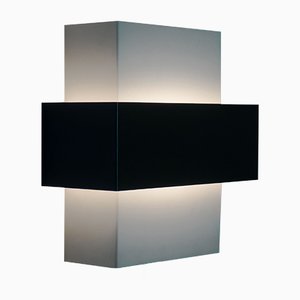
Dutch Mid-Century Tricolor Pendant Lamps from Anvia, Set of 2
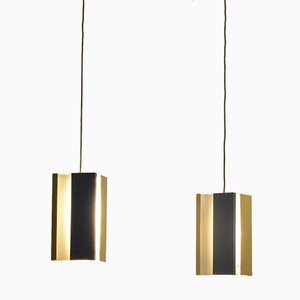
Mid-Century Danish Brushed Aluminum Pendant Lamps, 1960s, Set of 2
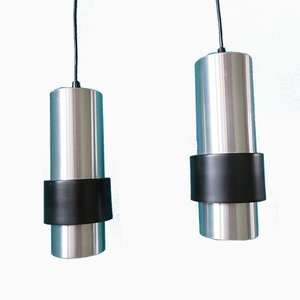
Vintage Geometric Wall Light from Anvia
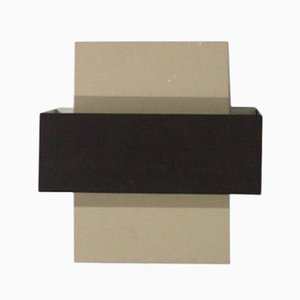
Wall Light by J.J.M. Hoogervorst for Anvia, 1960s

Dutch Floor Lamp from Anvia Almelo, 1960s
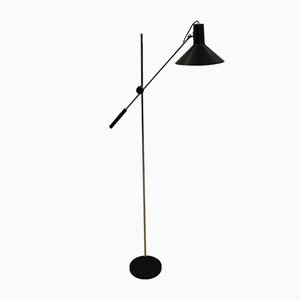
Mid-Century Counterbalance Lamp by J.J.M. Hoogervorst for Anvia
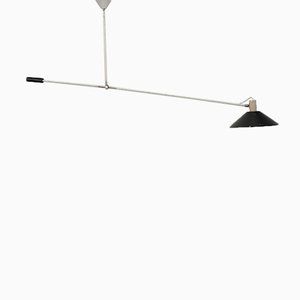
Wall Lights by J.J.M. Hoogervorst for ANVIA, 1955, Set of 2
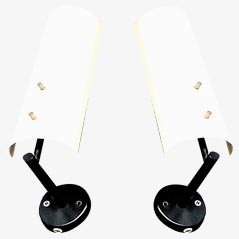
Wall Light by J. Hoogervorst for Anvia, 1950s
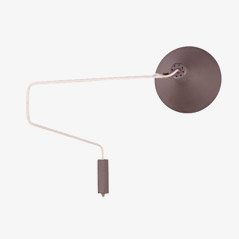
Metal Floor Lamp from Anvia, 1950s
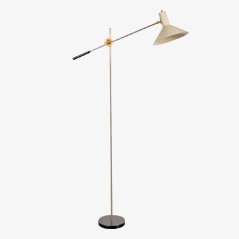
Vintage Pendant Light from Anvia, 1970s
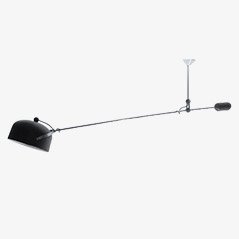
Mid-Century Geometric Metal Pendant Lights from Anvia, Set of 2

Rocking Stool by Isamu Noguchi
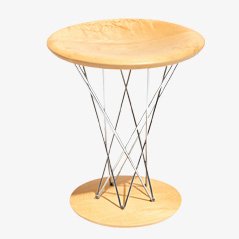
White Metal Table Lamps by J.J Hoogervorst for Anvia, Set of 2

Dutch Mid-Century Wall Lamp by J.J.M. Hoogervorst for Anvia Almelo

Dutch Wall Sconces by JJM Hoogervorst for Anvia, 1960s
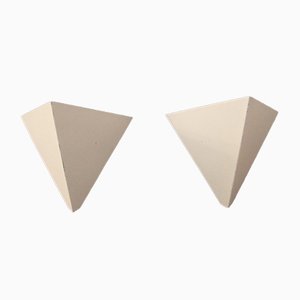
Small Dutch Metal Wall Lamp from Anvia, 1950s
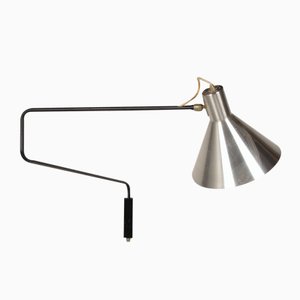
Metal Counterweight Ceiling Arm Lamp for Anvia, 1960s
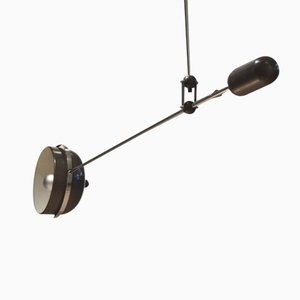
Pendant Lamp by J.J.M. Hoogervorst for Anvia, 1950s

Model 4046 Pendant Lamp from Anvia Almelo, 1950s

